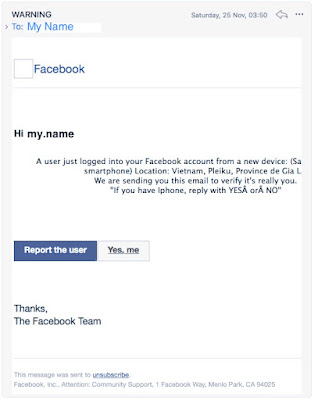Fake flash disks
Believe it or not, you get fake flash disks. What these do is they misreport their capacity. So, they might say they are 500 GB in size but actually they're only 14 GB, and really they're 16 GB drives that failed quality control. Wish.com is particularly bad in this regard; literally every single drive I've bought from there has been fake flash.
To test a drive to see if it is fake or lying about its size, try use f3 (fight flash fraud).
https://fight-flash-fraud.readthedocs.io/en/stable/
It's a commandline utility available for mac and linux that lets you test a drive and program it to "learn" its actual/true usable size. It does this by testing every block, and when it starts getting write failures (or read verification failures), it marks that as the actual end of the disk.
I've found that regardless of what size a fake flash disk says it is, it is usually 12-14 GB in size, never what it actually says.
As the story goes, if it seems to good to be true, it probably is not true. There are very few 0,5 TB or 1 TB flash disks around at the time of writing (2021), and they are expensive, so if you see a $2 flash disk that says it is 1 TB, it's fake.
To install on windows you need cygwin, the linux command line emulator.
https://fight-flash-fraud.readthedocs.io/en/stable/introduction.html#installation
Cygwin is here:
https://cygwin.com/install.html
Once it is installed, you will need to manually install other packages to let you build the software. Take the warning seriously: do not install everything, you will download hundreds of gigs of software you do not need. Rather install the specific dependencies.

